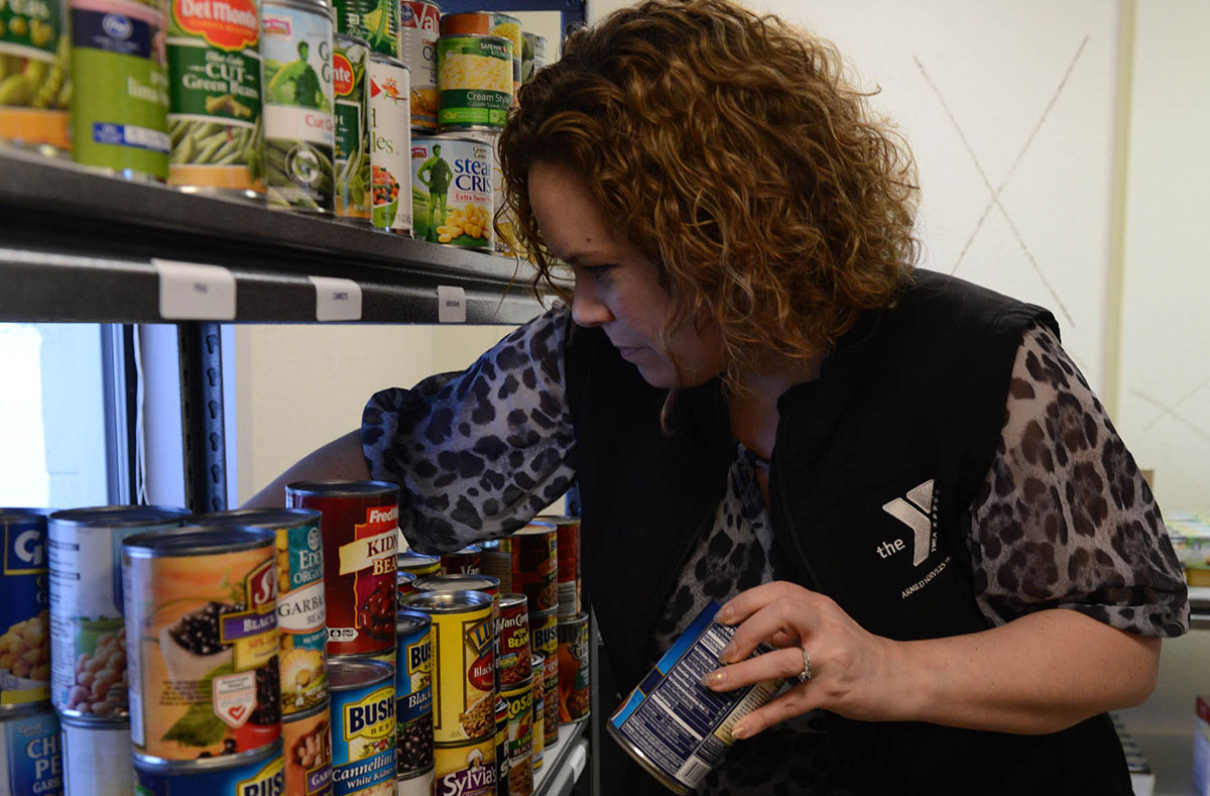This article by Karen Jowers originally appeared on Military Times, the nation's largest independent newsroom dedicated to covering the military and veteran community.
Although the Army is a little late to the table, soldiers are now being screened for potential eligibility to receive the new Basic Needs Allowance, which is designed to help low-income military families make ends meet.
The Army issued its guidance for implementing the allowance Feb. 27, and Training and Doctrine Command has begun screening soldiers at Advanced Individual Training, said Army spokeswoman Heather Hagan.
As for other soldiers, “Our intent is to send a list of soldiers that should be prioritized for screening to the major commands by the end of the month,” said Army spokeswoman Heather Hagan.
Information was not available on the number of soldiers who have been identified so far.
[RELATED: MOAA's Priorities for the 118th Congress]
Mandated in the 2022 National Defense Authorization Act, the allowance serves as a safety net for military families to help combat food insecurity. It goes to troops whose total family income is less than 130% of federal poverty guidelines, which in addition to income are based on household size and location.
Based on November guidance from the Defense Department, the Navy, Air Force and Marine Corps issued their instructions about two months ago and completed their initial screening by the end of January.
But they identified just 85 service members who might be eligible. Those sailors, Marines, airmen and guardians represent less than 0.000167% of the roughly 507,800 active enlisted force in pay grades E-1 through E-5. The numbers are far fewer than advocates and lawmakers had hoped.
“I was disappointed to see that so few service members are eligible for the Basic Needs Allowance … we can and must do better,” Rep. Andy Kim, D-N.J., ranking member of the House Armed Services military personnel subcommittee, told the services’ senior enlisted leaders during a hearing Thursday. But Kim said he understands more research is needed to identify the root causes of food insecurity.
“No soldier, airman, guardian, Marine or Coast Guardsman should join the military and then experience food insecurity,” said Sergeant Major of the Army Michael Grinston.
[RELATED: New Law Brings Long-Sought Relief for Military Spouses on the Move]
Service members who are identified as possibly being eligible for the BNA are notified, but they must then apply for it and provide documentation to substantiate total household income, including that of a spouse. Once the application is received and certified, service officials have 30 days to determine eligibility and the amount of the allowance, and issue the first payment. Although the Basic Needs Allowance took effect Jan. 1, payments are not retroactive.
Not every service member who is screened as possibly being eligible will qualify, because DoD doesn’t have information on total family income. The services have also developed procedures for service members to apply for the allowance if they haven’t been screened as eligible, but believe they may be.
The allowance makes up the difference between the military family’s income and the amount that meet 130% of the federal poverty guidelines. Here’s an example, based on Military Times calculations:
- A family of five has a total gross household income of $42,500.
- The applicable federal poverty guideline for a family of that size and in that location, as determined by the U.S. Department of Health and Human Services, would be $35,140.
- $35,140 X 1.3 (130% of federal poverty guideline) = $45,682.
- $45,682 - $42,500 = $3,182.
- $3,182 divided by 12 months = $265 per month in Basic Needs Allowance.
In the 2023 National Defense Authorization Act, lawmakers included a provision raising the income eligibility cap for the allowance to 150% of federal poverty guidelines, which would allow more families to qualify. DoD is required to implement the new provision by 2024, but could do so earlier.
Based on Defense Department estimates, the higher income cap would increase the number of active duty families who might be eligible for the allowance to about 2,400.
Military family advocates have argued that the Basic Allowance for Housing should be excluded when calculating total family income, but Congress left it up to DoD to determine whether to include BAH as income. Defense officials have since agreed to exclude the housing allowance for some service members — but only in high cost-of-living areas as determined by defense officials.
Other articles by Military Times:
US Air Force wants to retire all A-10s by 2029
The Marine Corps wants to offer troops a better dining experience
Aircraft carrier Ford embarks with full air wing for first time
Making a Difference in Military Life
Military spouse blogger Mrs. Navy Mama shares her support of MOAA’s efforts to help military families and how you can get involved.
